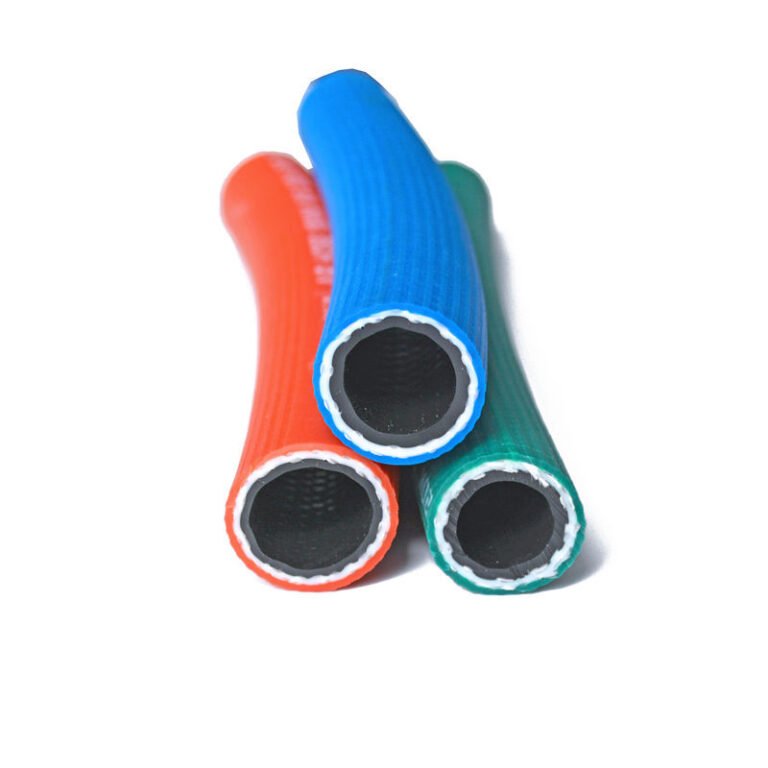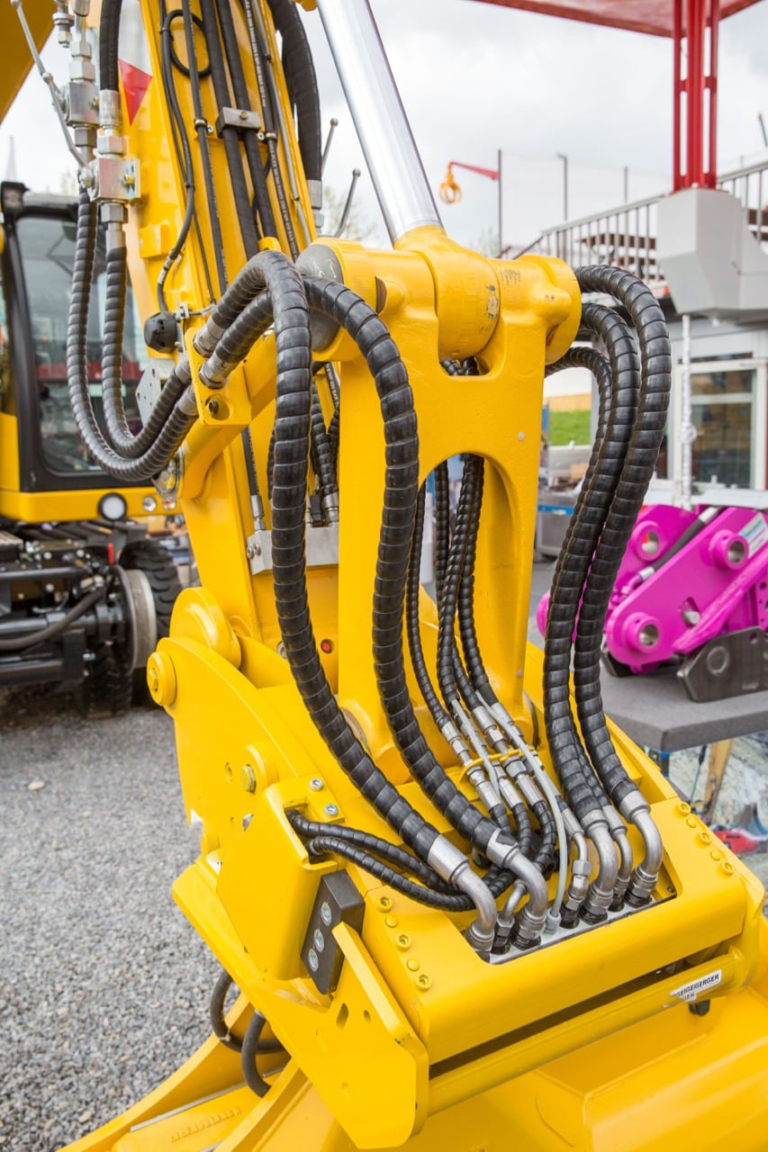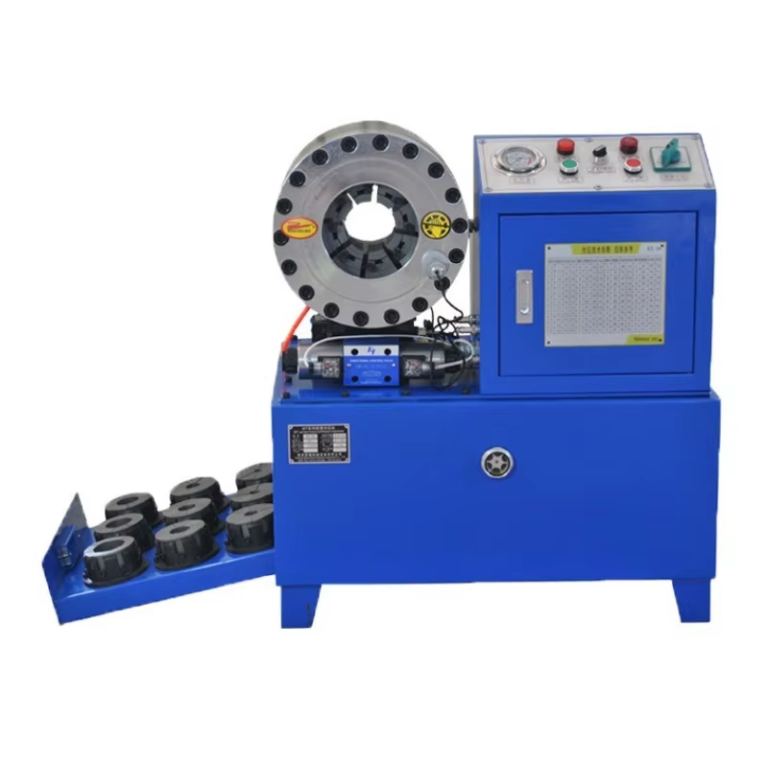The operating temperature range and characteristics of various rubbers
The operating temperature range and characteri -stics of various rubbers:
Polyurethane rubber UR PU polyurethane rubber
Advantages: good mechanical properties, high hardness, high elasticity, high wear resistance, high pressure resistance, aging resistance, ozone resistance, good oil resistance
General use temperature range: -45—90℃
Disadvantages: not resistant to high temperatures
Commonly used: high pressure resistance, wear resistance, and seals in industry. Such as: hydraulic cylinder seals.
Acrylic rubber ACM polyacrylate rubber
Advantages: resistant to petrochemical oil, high temperature resistance, good weather resistance, good oxidation resistance, anti-bending deformation, and excellent resistance to oil products.
General use temperature range: -25—170℃
Disadvantages: not suitable for hot water, brake oil, phosphate ester, not resistant to low temperatures. Mechanical strength, compression deformation rate and water resistance are weak, worse than general oil resistance
Commonly used: in automotive transmission oil, automotive transmission system and power steering wheel, and power system seals
Fluorine rubber FPM fluororubber fluoro carbon rubber Viton
Advantages: high temperature resistance > silicone rubber, excellent chemical resistance, resistance to most oils and solvents (except ketones, fats, etc.), weather resistance, and ozone resistance.
General use temperature -20—250℃ Special formula can withstand low temperature -40℃, acid resistant but not alkali resistant
Disadvantages: ketones, low molecular weight lipids and nitric acid mixtures are not recommended, poor cold resistance
Commonly used: automobile locomotive diesel engine fuel system and chemical plant seals
Perfluoroelastomer FFKM or FFPM Perfluoroelastomer
Advantages: best heat resistance, excellent chemical resistance, low outgassing characteristics, excellent anti-plasma characteristics, strong corrosion resistance, ultra-cleanliness
Disadvantages: poor low temperature resistance, high raw material price, high production difficulty
Commonly used: semiconductor industry and information-related industries. The scope of application includes PVC polyvinyl chloride CVD chemical vapor deposition in film manufacturing, etching process and various high vacuum sealing processes.
SI silicone rubber
Advantages: Excellent heat resistance, cold resistance, ozone resistance, atmospheric aging resistance, and good insulation. After modulation, the tensile strength is as high as 1500psi and the tear resistance is as high as 88lbs. It has good elasticity and good compressibility. It has good resistance to neutral solvents, excellent heat insulation and heat dissipation. General temperature.
Disadvantages: It is not recommended to use most concentrated solvent oils, concentrated acids, and diluted sodium hydroxide.
Commonly used: household appliance seals, electric kettles, electric irons, microwave ovens, electronics industry: shock pads in mobile phone buttons and DVDs, seals in cable connectors, format supplies that come into contact with people: kettles and water dispensers
FPM (fluorinateds silicone rubber)
Advantages: It has the advantages of fluorine and silicon, and is resistant to oil, solvents, fuel oil, and high and low temperature. It is used for special purposes, such as chemicals that require resistance to oxidation, solvents containing aromatic hydrogen, and solvents containing chlorine.
General use temperature: -50-200℃
Disadvantages: It is not recommended to be exposed to brake fluid, ketones and hydrazine solutions
Commonly used: Space machinery
Chlorosulfonated polyethylene glue CSM (Hypalon Polythylene) DuPont Synthetic rubber
Advantages: Good heat resistance, weather resistance, ozone resistance, cold resistance, good acid resistance, often used in places with oxidizing chemicals, and has good resistance to ozone, oxidation and flame. Physical properties are similar to chloroprene rubber, but with better acid resistance, excellent abrasion resistance, low friction surface similar to nitrile rubber, oil resistance, flame resistance, electrical insulation, resistance to oil and solvents is between nitrile rubber and chloroprene rubber, it is recommended to use water to prevent leakage
General use temperature: -45-120℃
Disadvantages: It is not recommended to be exposed to concentrated oxidizing acids, nitro hydrogen, lipids, ketones and aromatic hydrogen.
Neoprene CR (Neoprene Polychloropene)
Polymerized from chloroprene monomer.
Advantages: The rubber after vulcanization has good elasticity and wear resistance, is not afraid of direct sunlight, has particularly good atmospheric aging resistance, is not afraid of intense distortion, is not afraid of refrigerants such as dichlorodifluoromethane and ammonia, is resistant to dilution and silicone grease lubricants, has good elasticity and good compression deformation. The formula does not contain sulfur, so it is very easy to make. It has the characteristics of resistance to animal and vegetable oils, will not be affected by neutral chemicals, fats, greases, various oils, and solvents, and has flame retardant properties. General use temperature -50-150
Disadvantages: Not resistant to phosphate ester hydraulic oil. It is easy to crystallize and harden at low temperatures, has poor stability, and has a large expansion volume in mineral oils with low aniline points. It is not recommended to use chemical species such as strong acids, nitro hydrocarbons, lipids, chloroform and ketones.
Commonly used: seals resistant to R12 refrigerant Rubber parts or seals on household appliances are suitable for making various direct contact with the atmosphere and sunlight. Ozone-resistant parts. Suitable for various flame-resistant and chemical-resistant rubber products.
Nitrile Rubber NBR Nitrile Rubber
Made from the copolymerization of acrylonitrile and butadiene, the acrylonitrile content is 18%-50%. The higher the acrylonitrile content, the better the resistance to petrochemical oil hydrocarbon fuel oil, but the low-temperature performance becomes worse.
General use temperature: -25—100℃
Application: Nitrile rubber is one of the most commonly used rubbers for oil seals and O-rings.
Advantages: It has good oil resistance, water resistance, solvent resistance and high-pressure oil resistance. Good compression distortion, wear resistance and elongation
Disadvantages: Not suitable for polar solvents, such as ketones, ozone, nitro hydrocarbons, poor low-temperature resistance and poor ozone resistance
Commonly used: fuel tanks, lubricating oil tanks, and petroleum-based hydraulic oil, gasoline, water, silicone grease, silicone oil, and di-lipid lubricating oil. Rubber parts used in fluid media such as glycol-based hydraulic oil, especially sealing parts. It can be said to be the most widely used and lowest cost rubber seal at present.
Hydrogenated Nitrile
After hydrogenating and removing the double chain of nitrile, the temperature resistance and weather resistance are much higher than that of nitrile, and the oil resistance is similar to that of general nitrile.
General use temperature: -25—150℃
Advantages: It has better wear resistance than nitrile, excellent corrosion resistance, tensile resistance, tear resistance, compression deformation, and good resistance to ozone, sunlight and other atmospheric conditions.
Disadvantages: It is not recommended to be used in alcohols, lipids, aromatic solutions
Commonly used: air conditioning and refrigeration industry, widely used in seals of environmentally friendly refrigerant R134a system, automobile engine system seals, laundry detergent
EPDM (Ethylene propylene rubber)
The main chain formed by the copolymerization of ethylene and propylene does not contain double chains, so the heat resistance, aging resistance, ozone resistance and stability are all excellent, but it cannot be sulfurized. To solve this problem, a small amount of a third component with double chains is introduced into the EP main chain, and sulfur can be added to form EPDM.
General use temperature range: -50—150℃. Excellent resistance to polar solvents such as alcohols, ketones, ethylene glycol, and phosphate ester hydraulic oils.
Advantages: Good weather resistance and ozone resistance, excellent water resistance and chemical resistance, can use alcohols and ketones, high temperature steam resistance, good gas impermeability. High corrosion resistance, high insulation, alkali resistance
Disadvantages: Not recommended for food use or exposure to aromatic hydrocarbons, not oil-resistant, not acid-resistant
Commonly used: seals in high-temperature water vapor environments, seals or parts of bathroom equipment, rubber parts in brake (brake) systems, seals in radiators (car water tanks). Wear-resistant materials, high-voltage cable materials, rubber parts in brake (brake) systems, seals in radiators (car water tanks), wear-resistant materials, or high-voltage cable materials.
IIR Butyl Rubber
Isobutylene is polymerized with a small amount of isoprenes, retaining a small amount of unsaturated groups for sulfur addition, due to the steric hindrance of the methyl group
Advantages: less gas permeability, general gas impermeability; high resistance to heat, sunlight, ozone, good electrical insulation, high resistance to acute solutions, alcohol ketones, and can be exposed to animal and vegetable oils or oxidizable chemicals.
General use temperature: -54—110℃
Disadvantages: It is not recommended to use it with petroleum solvents, kerosene, and aromatic hydrogen at the same time.
Mostly used to make rubber parts resistant to chemicals, vacuum equipment, and inner tubes of automobiles and airplanes
SBR Styrene Butadiene Copolyme
Copolymer of butadiene and styrene, compared with natural rubber, has uniform quality and less foreign matter, but weaker mechanical strength, and can be mixed with natural rubber for use.
Advantages: uniform quality, less foreign matter, low-cost non-oil-resistant material, good water resistance; good elasticity below hardness 70, can use most neutral chemicals and dry organic ketones, better heat resistance, wear resistance and aging resistance than natural ones
Disadvantages: non-oil-resistant material, weak mechanical strength, poor compression performance at high hardness, not recommended for use in strong acids, ozone, oils, greases, fats and most hydrocarbons
Commonly used: tire industry, shoe industry, cloth industry, conveyor belt industry, tape, hose, wire and cable, medical treatment.
Natural Rubber NR Natural Rubber
Made from latex collected from rubber trees, polymer of isoprene
Use temperature range: about -60℃~+80℃
Advantages: good wear resistance, high elasticity, tear strength and elongation
Disadvantages: easy to age in the air, become sticky when heated, easy to swell and dissolve in mineral oil or gasoline, alkali-resistant but not acid-resistant.






